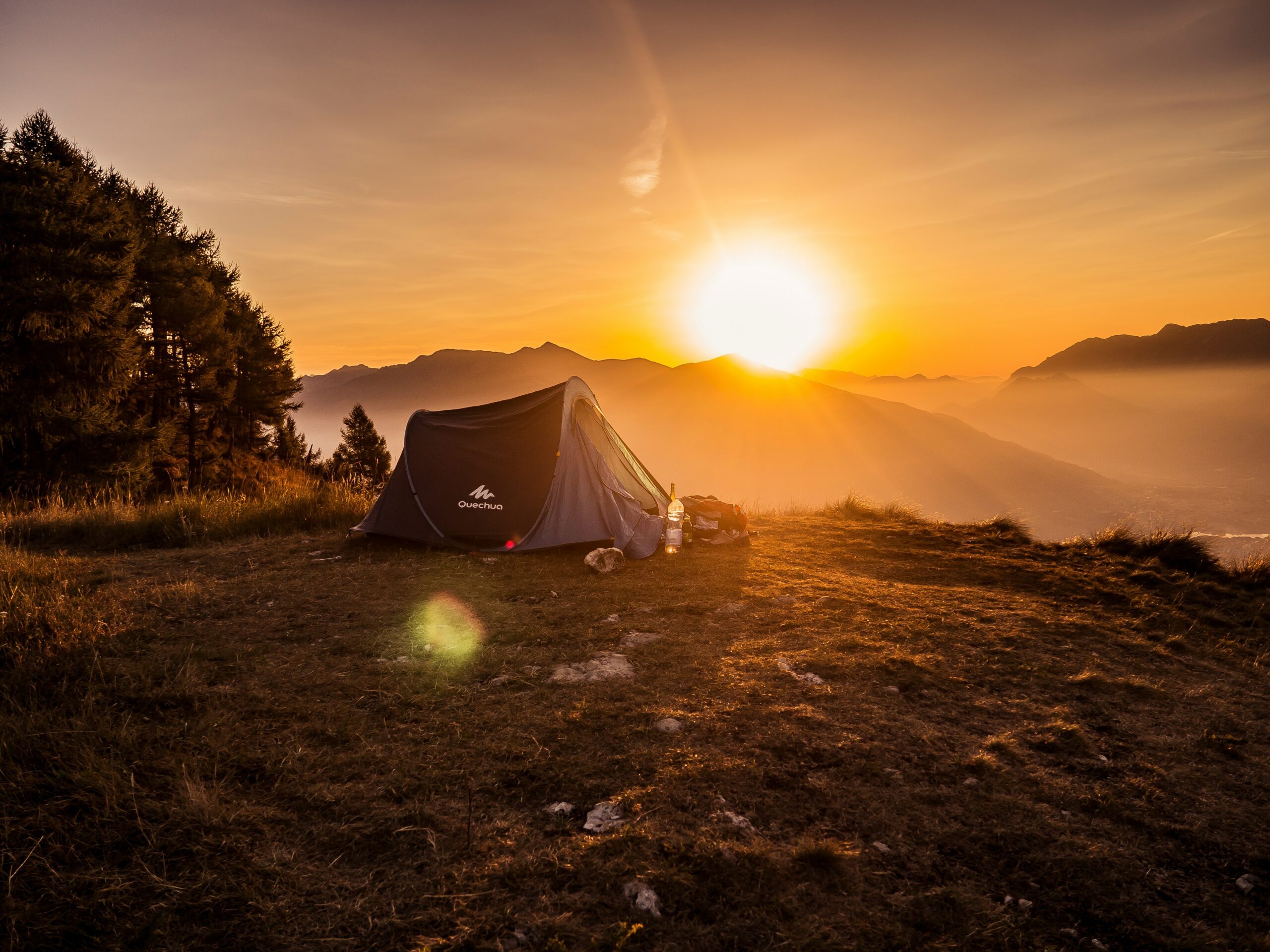
Camping is all about embracing nature, but what happens when the weather takes a turn for the worse? Many people shy away from rainy camping trips, imagining soaked gear, cold nights, and a generally miserable experience. But with the right preparation and mindset, camping in the rain can be just as enjoyable—if not more so—than camping in perfect weather.
As an experienced camper, I’ve had my fair share of wet adventures. Over the years, I’ve learned that rain doesn’t have to ruin a trip. In fact, there’s something peaceful about listening to raindrops pattering on the tent while sipping a warm drink under a tarp. The key is knowing how to stay dry, warm, and comfortable. This guide will help you do just that.
Before heading out, check the forecast for your destination. Look beyond just whether it will rain and pay attention to:
While forecasts are never 100 percent accurate, knowing what to expect will help you pack the right gear and prepare for different scenarios.
Choosing a good campsite is essential when rain is expected. Here’s what to look for:
A good-quality tent designed to withstand rain is your first line of defense. Look for a tent with:
A tent footprint or ground tarp is another must-have. This extra layer underneath your tent helps keep moisture from seeping in. Just make sure the tarp does not extend beyond the edges of the tent, as this can collect rainwater and funnel it inside.
Ventilation is also important. Even in the rain, keep vents or windows slightly open to allow air circulation and prevent condensation buildup inside the tent.
Setting up a large tarp over your cooking area, tent entrance, or gathering space is a game-changer in rainy conditions. This provides a dry area where you can cook, relax, and store gear.
An angled tarp setup works best, allowing rainwater to run off instead of pooling. Use sturdy ropes and poles to secure it properly.
Wearing the right clothing can mean the difference between a comfortable camping trip and a miserable one. The most important rule: avoid cotton. Cotton absorbs moisture and takes forever to dry, making you colder in wet conditions. Instead, opt for:
Packing extra dry clothes is also essential. Store them in a waterproof bag or dry sack to ensure you always have something warm and dry to change into.
To keep your gear dry, use:
Designate an area outside your tent for wet gear. A small tarp or groundsheet works well for keeping muddy boots and wet rain jackets separate from dry sleeping areas. Hanging a clothesline under a tarp can also help dry damp clothes overnight.
If rain is in the forecast, having a dry space to prepare food makes all the difference. Cooking under a tarp setup or inside a tent vestibule (if it’s well-ventilated) ensures you don’t have to huddle in the rain while preparing meals.
When the ground is wet, a camping stove is a much better option than relying on a fire. Wet wood is difficult to ignite, and maintaining a fire in heavy rain can be frustrating.
When it’s cold and wet, warm food can be a morale booster. Some of the best camping meals in the rain are simple, quick, and require minimal cleanup.
Try:
Eating a hot meal before bed can also help keep you warm throughout the night.
Camping in the rain doesn’t have to be boring. If you’re stuck in your tent or under a tarp for an extended period, having activities to pass the time can turn a dreary day into a fun experience.
Here are some ideas to keep spirits high:
If you get wet during the day, it’s important to dry off before sleeping. Change into dry clothes and warm up by drinking something hot or moving around a bit to generate body heat.
To stay warm in the tent:
If you wake up damp, open the tent for ventilation and dry out wet items when the rain subsides.
When it’s time to pack up, shake off as much water as possible from your tent and tarp before folding them. Pack wet gear separately from dry gear to avoid soaking everything in your backpack. Once home, unpack and air out all wet items immediately to prevent mold and mildew.
Camping in the rain requires extra preparation, but it can also be incredibly rewarding. There’s a unique beauty in misty landscapes, the rhythmic sound of raindrops on the tent, and the sense of accomplishment that comes with thriving in less-than-ideal conditions.
With the right gear, mindset, and planning, rainy camping trips can be some of the most memorable and peaceful experiences. So don’t cancel your trip just because of a little rain—embrace it, and you might just discover a new love for camping in all weather conditions.


